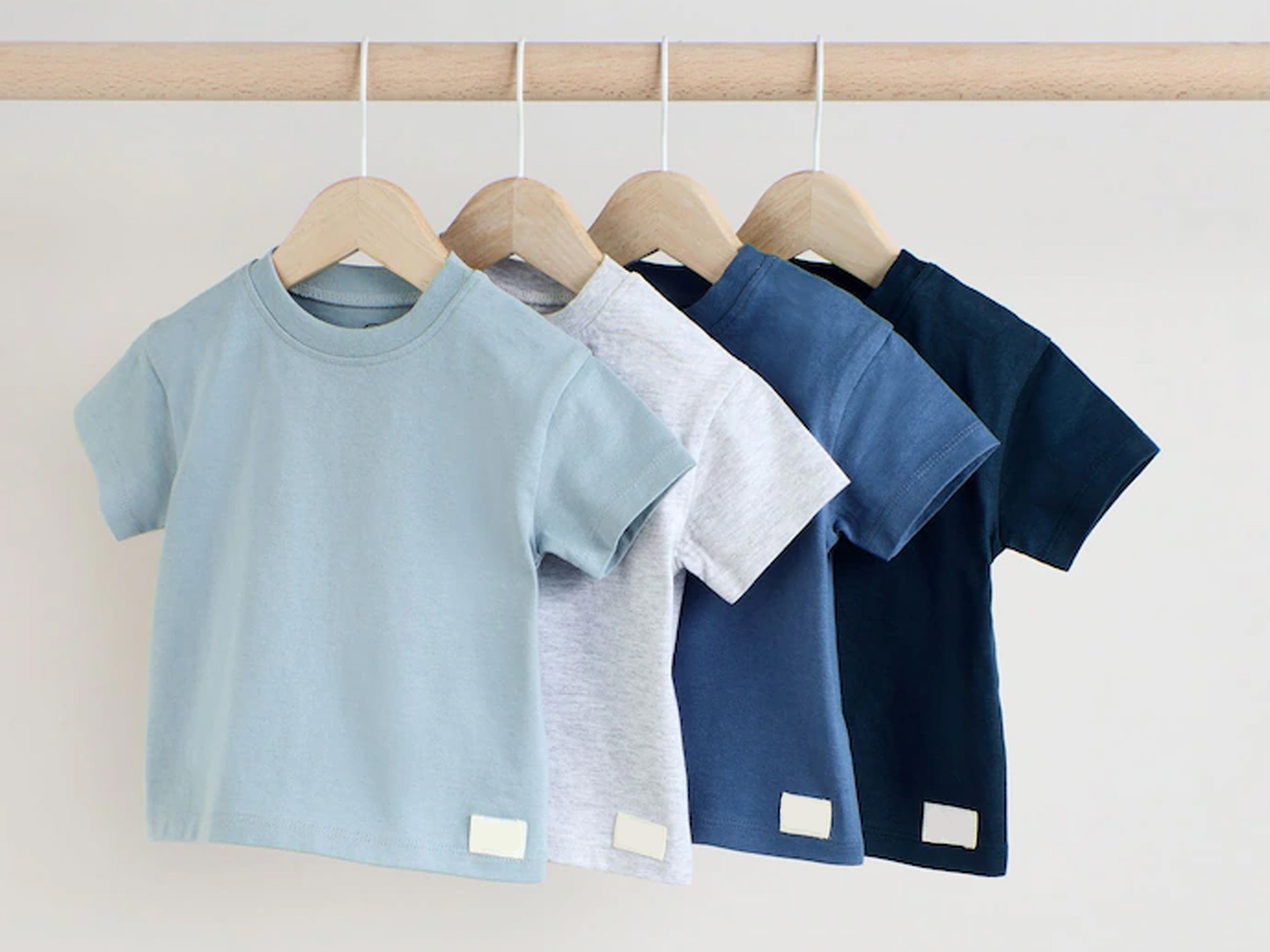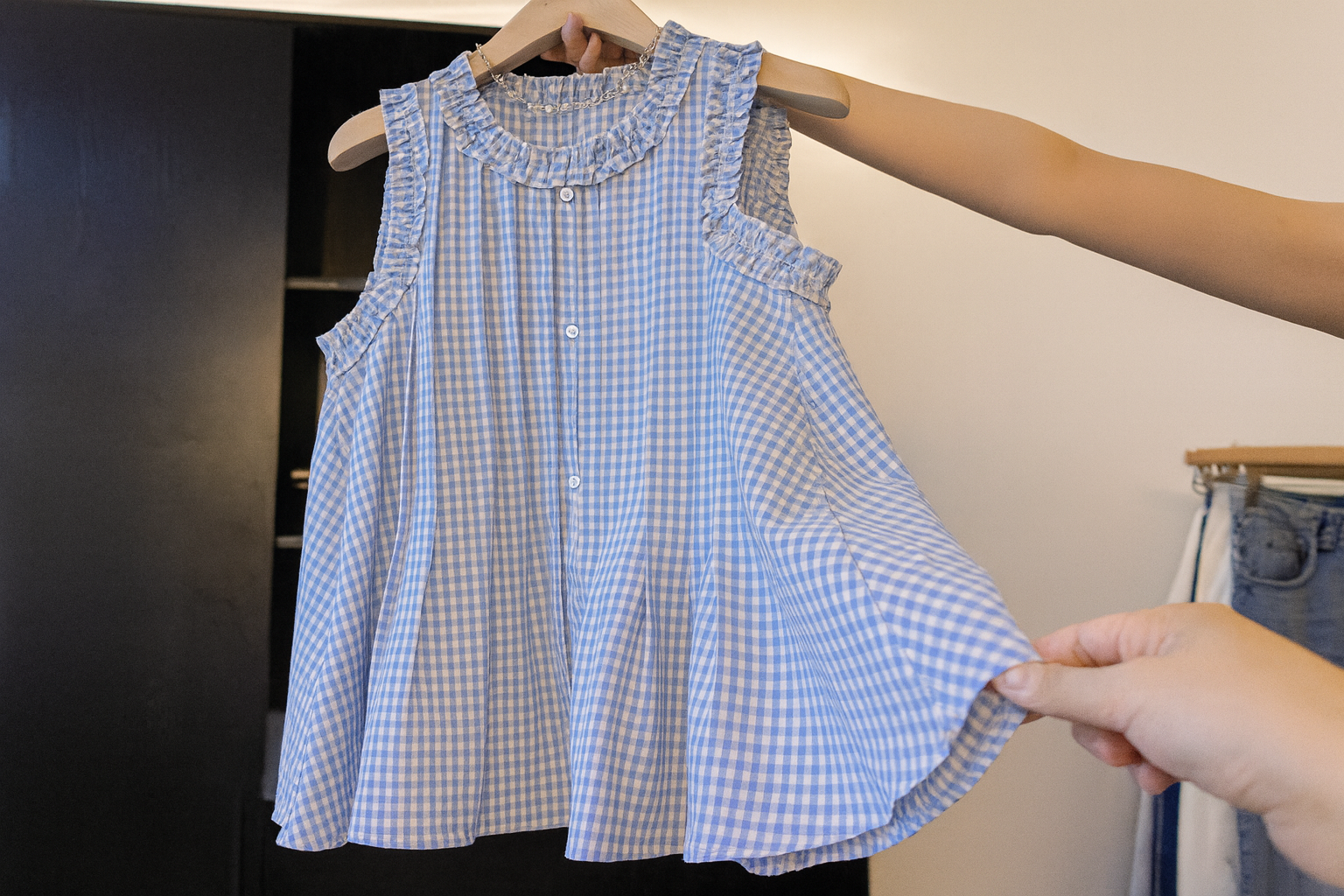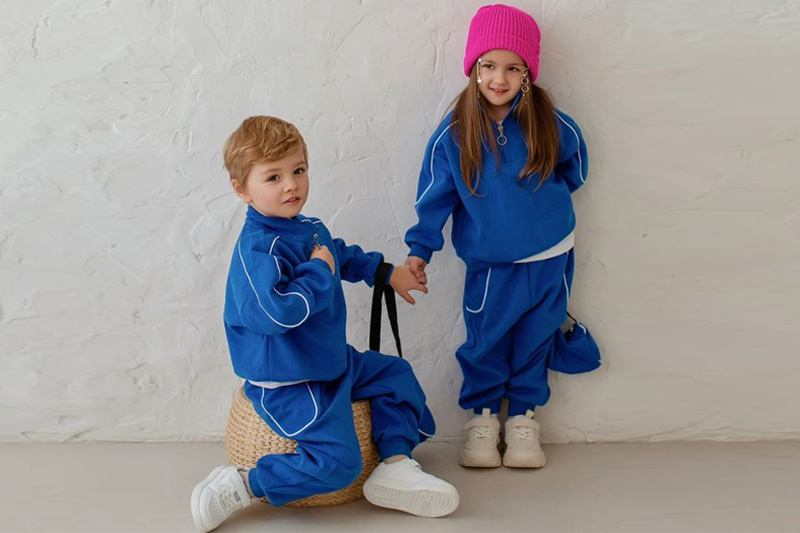As someone who’s worked closely with brands creating kids’ t-shirts, I’ve seen one question pop up again and again: what’s the best way to print my designs on kidswear? You want it to look great, feel soft, and stay safe—especially when it comes to children’s sensitive skin. So let’s break it down, in simple terms.
The best printing method for kids’ t-shirts depends on your priorities—softness, durability, eco-friendliness, or cost. Water-based screen printing is perfect for softness and sustainability. Digital (DTG) printing works best for detailed small-batch orders, while heat transfer and sublimation give vibrant results on synthetics. Embroidery offers a tactile, premium touch. Your fabric type and order size matter too, so choose based on what your design (and your customer) needs most.
This might sound like a lot, but don’t worry—I’ll guide you through each one like we’re chatting over coffee.
What printing method offers the softest feel for kids’ sensitive skin?
If you’ve ever seen a kid rip off a t-shirt mid-morning, odds are the fabric—or the print—was bothering them. Comfort is everything.
Water-based screen printing offers the softest finish for children's t-shirts. Unlike thick plastisol inks, water-based inks soak into the fabric, creating prints that feel like part of the shirt—not a layer on top. It's perfect for delicate skin and lightweight fabrics like organic cotton.
Why does softness matter?
Kids are constantly moving, playing, sweating. If the print is stiff or rubbery, it’ll irritate their skin—or worse, make them refuse to wear your designs. With water-based prints, the fabric stays breathable and flexible.
Here’s a quick comparison:
| Ink Type | Feel on Fabric | Skin-Friendly? |
|---|---|---|
| Water-based | Soft, breathable | ✅ Yes |
| Plastisol | Thick, plastic-like | ❌ No |
| Discharge Ink | Vintage-soft on darks | ✅ Yes |
From my experience working with Taian Lianchuang Textile Co., Ltd, we often recommend this method to clients who care about comfort—especially brands targeting babies and toddlers.
Is screen printing or digital printing better for small batch production?
Let’s say you’re testing a few new prints or doing a limited drop. You don’t want to break the bank with big MOQs.
Digital printing (DTG) is more efficient and affordable for small batches. There’s no need to create screens or mess with setup. You just send the file, and the printer takes care of the rest—just like printing on paper.
When should you choose DTG?
If your order is under 100 pieces and your design has lots of colors or details, DTG is your best friend. It works especially well on 100% cotton t-shirts.
| Printing Method | Best For | Setup Cost | MOQ |
|---|---|---|---|
| Screen Printing | Bulk orders, solid colors | High | 100+ |
| DTG | Small runs, complex prints | Low | 1–50 |
Of course, screen printing still wins in cost per unit once your order scales. But for small brands or seasonal designs? DTG saves time, effort, and money.
How does heat transfer printing compare to DTG for kidswear?
Ever seen a shiny, bold graphic on a tee that looks almost like a sticker? That’s usually heat transfer.
Heat transfer creates vibrant prints on both cotton and synthetic fabrics, but DTG feels softer and more breathable. It’s a trade-off—flashy colors versus all-day comfort.
The comfort vs color debate
Heat transfer is quick, and it’s perfect for polyester blends or athletic styles. But it can peel or crack after multiple washes. DTG, on the other hand, soaks into the fabric for a more natural feel—but works best on lighter cottons.
| Feature | Heat Transfer | DTG |
|---|---|---|
| Softness | ❌ Medium | ✅ High |
| Bright Colors | ✅ Yes | ✅ Yes |
| Wash Durability | ⚠️ Moderate | ⚠️ Moderate |
I once worked with a brand printing dancewear for kids—heat transfer gave them the glam they wanted, but we had to be careful with placement and layering to avoid discomfort. It’s all about knowing your end user.
Are water-based inks safer and more eco-friendly for children's clothing?
If your buyers are eco-conscious (and many parents today are), you’ll want your printing method to match your fabric choices.
Water-based inks are a safer, more sustainable choice for kidswear. They’re free from harmful chemicals like PVC and phthalates, and they produce less waste during printing.
Why it matters
Plastisol ink, though common, contains plasticizers that can be harmful in the long term. Water-based inks, especially those certified OEKO-TEX or GOTS-compliant, are kinder to both skin and planet.
At Taian Lianchuang Textile Co., Ltd, we help our clients choose inks that align with their sustainability goals. For example, an Australian brand we partnered with switched to water-based inks and used it in their product storytelling—which helped boost their sales online.
Conclusion
Finding the best way to print kids’ t-shirts means balancing softness, color, safety, and cost. There’s no one-size-fits-all answer, but with a little guidance and the right partner, you can choose what’s best for your brand—and your customers’ kids.



